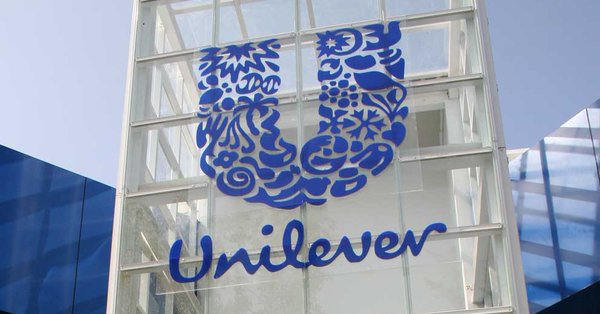Fast-moving consumer goods companies Hindustan Unilever Ltd and Godrej Consumer Products Ltd (GCPL) have cut prices by 15% on some soap brands as palm oil and other raw materials become relatively cheap.
HUL has slashed the prices of its popular soap brands Lifebuoy and Lux in the West by between 5% and 11%. GCPL, part of the Godrej Group, owns the soap brand Godrej No 1 and also slashed soap prices by 13% to 15%. Analysts believe lower prices will help drive volume growth in the second half of the fiscal year, especially as overall demand remains subdued due to high inflation.
They added that one of the reasons for the price cuts was a drop in global palm oil and other raw material prices. GCPL CFO Sameer Shah commented on the development: “With commodity prices falling, GCPL is one of the first FMCG companies to pass on the benefits of price cuts to consumers.”
“For soaps, GCPL has reduced the price by 13 to 15%. We have reduced the price of a bundle (five units of 100 grams each) for Godrej No.1 soap from Rs 140 to Rs 120,” he said.
“For both Lifebuoy and Lux, there are price reductions in the western region,” an HUL spokesperson told PTI, without elaborating on the magnitude of the price reduction and whether similar price reductions will be seen in other regions.
However, prices for these soap brands have reportedly dropped by 5-11%. However, the spokesperson denied reports of price cuts from other brands such as Surf, Rin, Wheel and Dove.
Commenting on HUL’s price cut, Abneesh Roy, executive vice president of Edelweiss Financial Services, said it was a positive move for the company to maintain market share in an era of falling raw material prices. “Regional players tend to come back when raw material prices drop.” He expects this to drive HUL’s sales growth in H2FY23 and FY24.
“Over the past year, HUL’s volume growth has suffered due to lower grammage and higher prices. Now, the opposite is true for grammage gains/prices,” Roy said. In the fourth quarter of 2022, FMCG companies faced challenges from high retail inflation and slower growth in rural areas.
These companies have increased production of “bridge packs” priced between the popular entry-level and high-volume packs.
 Live
Live

